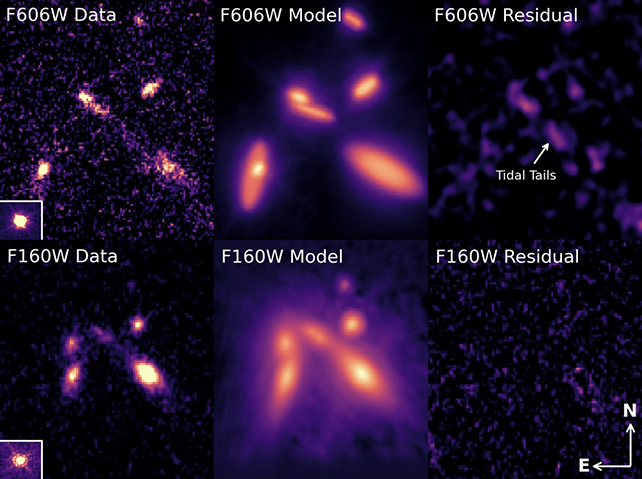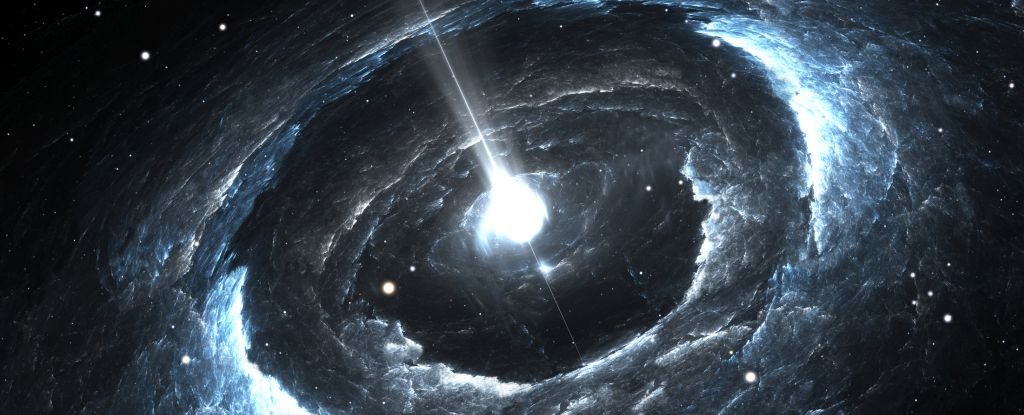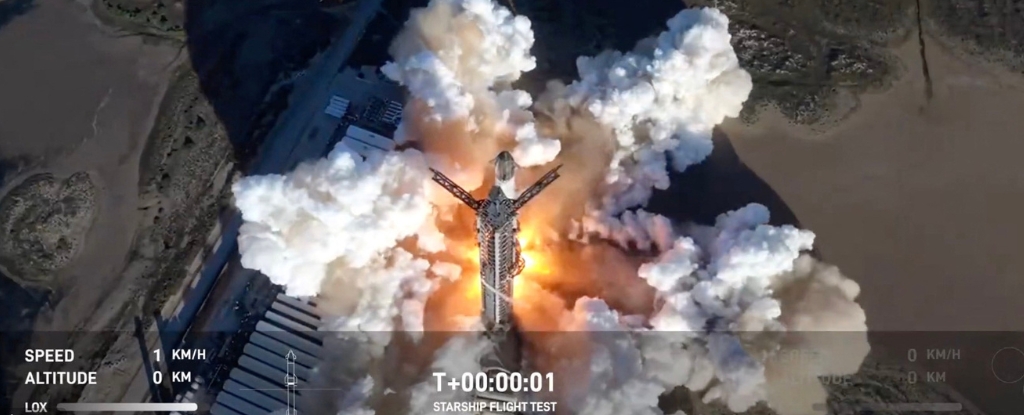Fast radio bursts (FRBs) are rapid flashes of radio waves from deep space that are as intense as they are mysterious.
Astronomers have now managed to track down the origin of the most powerful, furthest-traveling FRB ever to reach us to a tightly-knitted group of seven galaxies, giving researchers some insight into the variety of environments that can generate such curious emissions of light.
Dubbed FRB 20220610A, the burst comes from somewhere within the cluster, according to new imagery from the Hubble Space Telescope and analysis carried out by an international team of researchers, suggesting their interactions could play a role in the burst’s creation.
This particular transmission has already refused to fit into some of the most widely accepted theories that we have about how the Universe operates, giving astrophysicists pause to consider the kinds of conditions under which FRBs might form.
“Without the Hubble’s imaging, it would still remain a mystery as to whether this FRB originated from one monolithic galaxy or from some type of interacting system,” says astronomer Alexa Gordon, from Northwestern University.
“It’s these types of environments – these weird ones – that drive us toward a better understanding of the mystery of FRBs.”
To give you an idea of the distance this FRB has traveled, the Universe is now around 13.8 billion years old; the signal we’re getting from FRB 20220610A comes from a point at which the Universe was a mere 5 billion years old.
From early observations, the amorphous blob visible near the FRB’s origin had researchers thinking multiple galaxies might be involved. A count of seven, however, came as a surprise. These galaxies are tightly packed together too – they could all fit inside our own Milky Way.

These galaxies existing in such close proximity means it’s likely that they’re interacting with each other in certain ways. If stars are being formed in quick succession, then this might be one explanation for the strength of the FRB.
“There are some signs that the group members are interacting,” says astrophysicist Wen-fai Fong, from Northwestern University. “In other words, they could be trading materials or possibly on a path to merging.”
“These groups of galaxies, called compact groups, are incredibly rare environments in the Universe and are the densest galaxy-scale structures we know of.”
FRBs continue to surprise and intrigue scientists, with changes in their signals and questions about their origin. Right now, the best guess is that they emerge from a cosmic object like a neutron star or a black hole.
This study is another reminder that as our telescopes get better, enabling us to view space at higher and higher resolutions, we should be able to answer more questions about these mysterious signals.
“With a larger sample of distant FRBs, we can begin to study the evolution of FRBs and their host properties by connecting them to more nearby ones and perhaps even start to identify more strange populations,” says Dong.
The research is available on the pre-print server arXiv.





